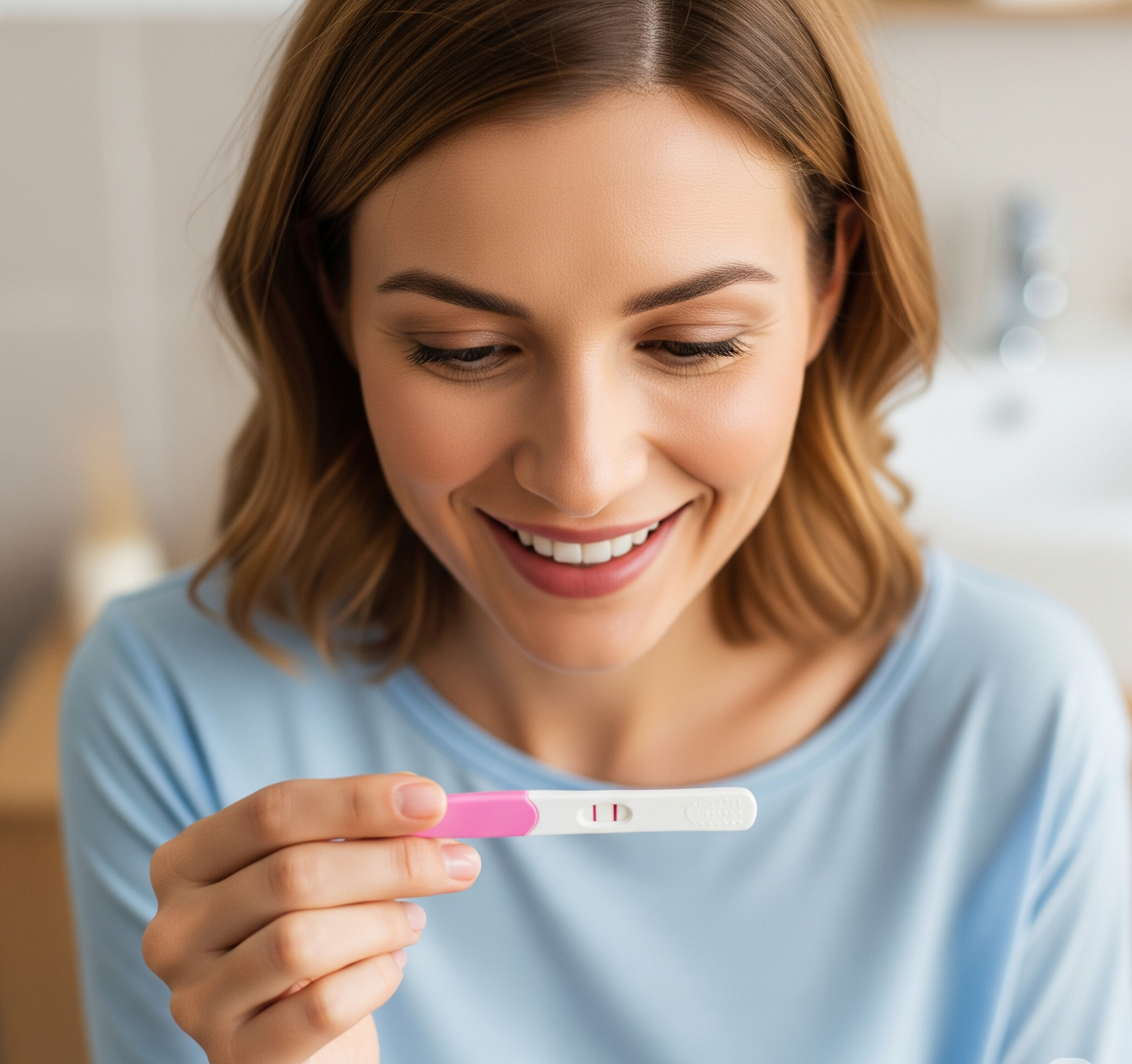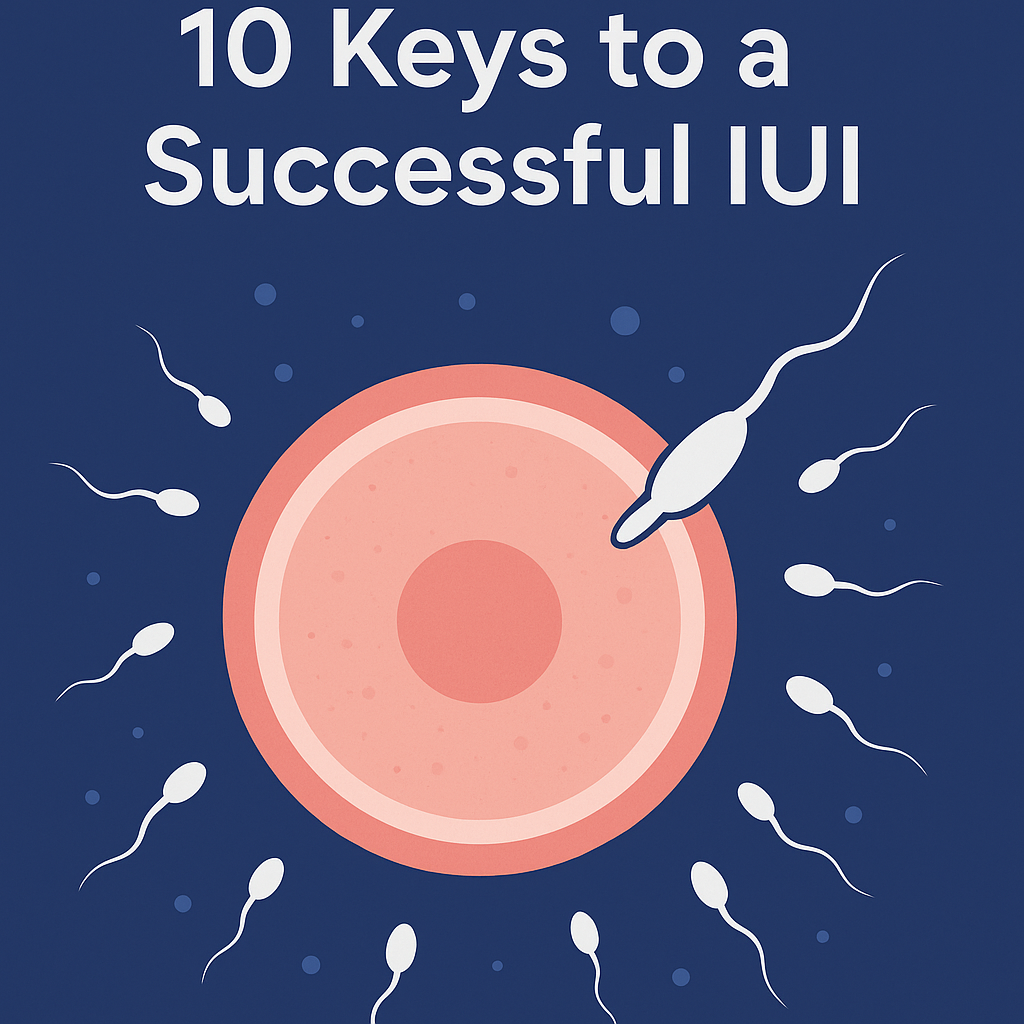Artificial Insemination at Home Success Rate: Basics and Benchmarks

Artificial insemination at home success rate shows how often home IUI leads to pregnancy per cycle. If you’re weighing home methods, knowing these numbers helps set real expectations. Success rates vary by age, timing, and sperm quality. Tracking the key factors gives you the best chance.
 What Is Success Rate?
What Is Success Rate?
Success rate means the percentage of cycles that yield a pregnancy. People report two common measures:
Clinical pregnancy rate: When an ultrasound confirms a gestational sac.
Live birth rate: When a baby is born after the procedure.
Most studies use clinical pregnancy rate per cycle to compare home and clinic methods.
Typical Home Insemination Success Rates
Studies of home IUI often show:
10–15% per cycle for women under 35
5–10% per cycle for women aged 35–40
Under 5% per cycle for women over 40
A single cycle’s odds may seem low. That’s why experts suggest planning two to three attempts before reassessing.
Factors that Influence Your Success Rate
Cumulative data shows home insemination can match clinic IUI when followed correctly.
Setting Real Expectations
Plan for multiple cycles: Don’t expect success on the first try.
Record your results: Track dates, test results, and any symptoms.
Stay flexible: If you don’t conceive after three cycles, consider a medical check-up.
Clear planning keeps stress low and focus high.
This section frames the artificial insemination at home success rate so you know what to expect. You’ll learn how success is measured, typical rates by age, and the factors you can control. Use this knowledge to make informed choices on your home IUI journey.
Key Factors Affecting Artificial Insemination at Home Success Rate

Your chance of pregnancy at home depends on a few key factors. Here’s how each one matters and what you can control to boost your odds.
Timing & Ovulation Accuracy
Success spikes when you inseminate around ovulation. To nail your timing:
Use LH test strips each morning to catch your surge.
Track cervical mucus for clear, slippery signs of peak fertility.
Time insemination within 12–24 hours of your LH peak.
Getting this window right raises the odds from single digits to the mid-teens per cycle.
Age & Egg Quality
Egg quality falls as you get older, and so do success rates:
Under 35: Best odds, usually 10–15% per cycle.
35–40: Moderate odds, around 5–10%.
Over 40: Lower odds, often under 5%.
Consider checking your ovarian reserve (AMH or FSH test) if you’re over 35. This guides realistic planning.
Sperm Quality & Handling
Good sperm makes a big difference:
Fresh vs. frozen: Fresh sperm often performs better at home.
Motile count: Aim for at least 10 million motile sperm in your sample.
Warming: Let frozen samples reach room temperature for 15–30 minutes before use.
Handle samples gently and avoid harsh chemicals or temperatures that can harm sperm.
Technique & Tool Quality
Your method and kit matter just as much as timing:
Needle-free syringe
Choose a smooth-plunger model for easy release.
Sterile cup
Use only single-use specimen cups to avoid infection.
Retention
Lie back with hips raised for 15–20 minutes after insemination.
Optional
Insert a menstrual cup to hold fluid in place longer.
Clean tools and clear steps prevent loss of sample and lower infection risk.
Health & Lifestyle Influences

Your overall health also shapes success:
Nutrition: Eat leafy greens, lean protein, and whole grains.
Supplements: Take folic acid and a prenatal vitamin before insemination.
Stress: Manage stress with deep breathing or short walks.
Exercise: Aim for moderate activity—avoid extremes.
Small changes here help your body create and sustain a pregnancy.
By focusing on precise timing, understanding age limits, ensuring sperm health, and using clean, quality tools, you can improve your artificial insemination at home success rate. Combine these factors with healthy habits to give yourself the best chance each cycle.
Artificial Insemination at Home Success Rate: Research & Findings
The artificial insemination at home success rate shows how well home IUI works versus clinic methods. Research helps us see real numbers and set clear expectations. Here’s what key studies tell us.
Home vs. Clinic Success Rates
A randomized study compared six home cycles to six clinic IUI cycles using thawed donor sperm. It enrolled 53 women with primary infertility. After six attempts, 13 of 29 women in the home group and 11 of 24 in the clinic group achieved clinical pregnancy. A crossover phase confirmed similar outcomes. This suggests home insemination can match clinic IUI when done correctly. Read the details: PubMed: Home vs. Clinic Study
Feasibility & Patient Acceptance
An early report in the British Medical Journal explored adding home donor insemination into existing programs. While no abstract is available, the study noted the method was easy to follow. Women reported high comfort levels and valued the privacy it offered. This work paved the way for today’s home-insemination kits by showing strong patient acceptance. Learn more: PubMed: Feasibility Report
Outcomes in Special Cases
Couples facing barriers like vaginismus or erectile dysfunction used home intravaginal insemination over six cycles. The results varied by age group:
Ages 20–33: 69% clinical pregnancy rate
Ages 33–36: 43% clinical pregnancy rate
Over 36: 25% clinical pregnancy rate
These rates show home methods can work even in challenging situations. See the study: PubMed: Special Cases Study
Key Takeaways from the Research
Home insemination can match clinic IUI success when you follow clear steps and use sterile tools.
Privacy and ease drive high patient comfort and acceptance.
Success holds even for couples with specific medical or sexual challenges.
Timing, clean technique, and proper retention time are critical.
Use these findings to choose the right kit and follow best practices. With solid evidence in hand, you can move forward with confidence in your home insemination journey.
Improving Your Success Rate & Next Steps

You can raise your artificial insemination at home success rate by fine-tuning your approach and planning ahead. Follow these steps to boost your odds and know when to seek extra support.
Optimize Your Technique
Track Ovulation Daily
Test urine each morning for an LH surge.
Note the first positive result as your key day.
Use Quality Tools
Choose a smooth-plunger, needle-free syringe.
Always draw sperm in a sterile, single-use cup.
Perfect Your Position
Lie back with a pillow under your hips.
Remain still for at least 15–20 minutes.
Optionally insert a menstrual cup to hold fluid.
Boost Your Odds with Lifestyle Tweaks
Eat a Balanced Diet
Include leafy greens, lean protein, and whole grains.Take Key Supplements
Add a prenatal vitamin with folic acid and omega-3.Manage Stress
Practice deep-breathing exercises or short walks.Stay Hydrated
Drink at least eight cups of water a day.
These small daily habits can support healthy hormones and egg quality.
Plan for Multiple Attempts
Success per cycle ranges from 5% to 15%. Don’t expect a baby on the first try. To cover your fertile window:
Schedule insemination on two consecutive high-fertility days.
Keep a simple log of dates, LH results, and any symptoms.
If needed, repeat this routine over three cycles before reassessing.
Tracking your efforts and results helps you spot patterns and adjust as you go.
When to Seek Professional Help

Home insemination works for many, but you may need medical advice if:
You do not conceive after three properly timed cycles.
You have known fertility issues, such as blocked tubes or low ovarian reserve.
You feel pain, heavy bleeding, or signs of infection after a procedure.
You want to explore treatments like IUI or IVF for higher success rates.
A simple fertility work-up or consultation can guide your next steps.
Frequently Asked Questions
What is my chance per cycle?
Most women under 35 see 10–15% per attempt; rates drop with age.How many cycles should I try?
Plan at least three cycles before changing methods.Can frozen sperm work at home?
Yes, thaw it per instructions and inseminate within 30 minutes.Is mild cramping normal after insemination?
Yes. Light cramps or spotting can occur and usually fade within hours.Do I need a prescription for supplies?
No. Syringes, cups, and fertility lubricant are over-the-counter items.How do I know if my timing is right?
Combine LH test strips with cervical mucus checks for clear signs.Can I inseminate more than twice per window?
You can, but two optimally timed attempts often work best.When should I talk to a doctor?
If you face three failed cycles or have health concerns after use.



